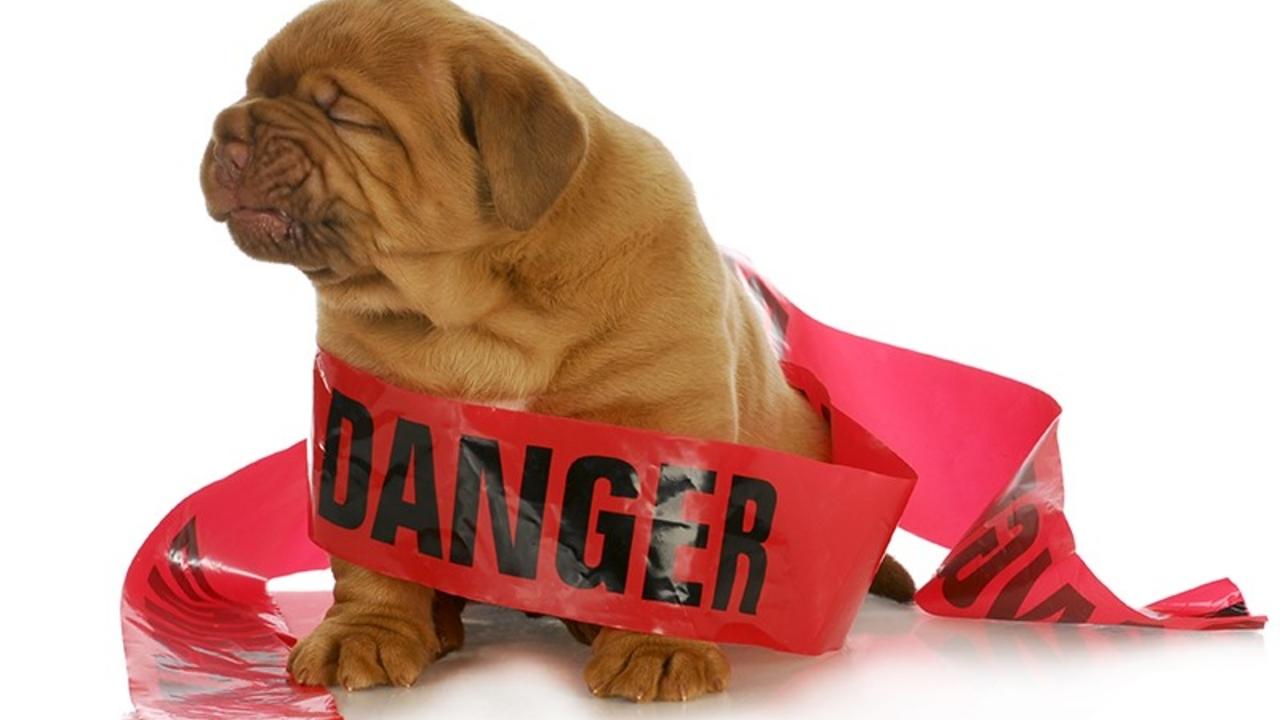
As we have learned these past few years in Alberta, emergencies happen and you may be forced to evacuate with your pet. We saw devastating fires in Fort McMurray and I wrote a post about how to help your pet cope with the stress after an emergency. That post got me thinking about how so many of us, including myself, are unprepared for what to do for our pets when an emergency happens. In this post, I have outlined some key points to ensure you are prepared if you have to evacuate with your pet.
Emergency Kit: I will outline individual items to have in your kit, but have everything placed together in a bin or together in an area so that you can quickly collect it and bring it all at once. If you do not always keep identification or a collar on your pet, keep extras of these in this bin in case you have to leave quickly and so that they are not forgotten.
Identification: Ensure your pet as ID tags that have their name and your phone number on them. It is recommended that you have a tag that you can add your new location or any other details that may be necessary if you cannot be reached during an emergency.
Containment: You may not know where you will be with your dog. Ensure you have a secure crate, a 6-8’ leash, and a collar/harness. If possible, also have ex-pens or tie-outs to keep your dog secure and safe for wherever you may end up.
Basic Supplies: Bring your dog’s food and collapsible bowls. If you feed your pet raw or in case you are low on food, I would recommend having canned versions of your food to make for easy transport. If the brand of food does not have a canned version, ensure you have a high quality food of the same protein to minimize stomach upset. Be sure you include a can opener and bottled water! I also recommend you have something like a chew bone or interactive toy so that you have a way to keep your dog busy, if needed. It will help minimize their stress as well.
Medications: Be sure to have a list of your pet’s medications and dosages. Keep all medications together in the house so that you may quickly collect them and add them to your emergency kit.
Pet Elimination Items: Keep poo bags in your kit to ensure you have a way to clean up after your dog. If you have a cat, you can have a small litter box and litter, or be sure to grab their litter box when you are leaving.
Important Documents: Keep your vet’s contact information and pet’s health records together. Be sure to bring these and any other pertinent documents for your pet. It is also recommended that you have a recent photo of your pet. Have a list of local shelters that do accept pets, or important numbers for if an emergency happens.
First Aid Kit: Be sure to have a first aid kit on hand for human and pets alike!
With a bit of careful planning, you can ensure you have everything to keep your pet safe and secure should an emergency occur. Print this list off or have it handy so that you can easily refer to it if disaster strikes! It will be stressful, but these easy tips will ensure to minimize any unnecessary problems from developing with your pets.




